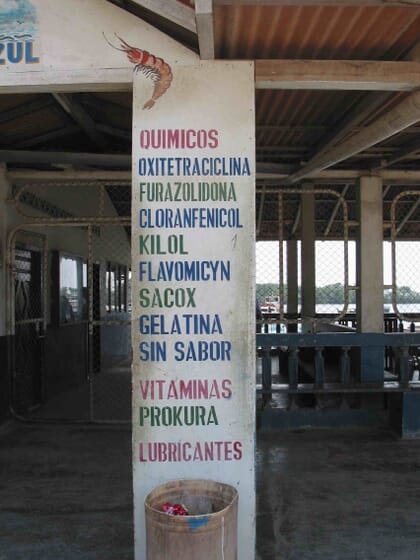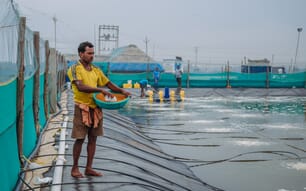The MaxSignal HTS Nitrofurans and Chloramphenicol ELISA Kits have been developed by PerkinElmer, Inc., and can assess all five targeted antibiotic residues in farmed shrimp to a detection level of < 0.1ppb.

© David Moriarty
The new assays, when combined with Dynex Technologies’ DS-2 automation system, will drive the analysis of 192 samples in less than 90 minutes, said the company in a press release.
Designed and developed specifically for the aquaculture industry, the
kits deliver a simple, 5-in-1 sample preparation method for AOZ, AMOZ, SEM and AHD Nitrofurans as well as Chloramphenicol – saving on time and reagent use.
When used with the Dynex DS-2 , analysis is then automated and accelerated further and provides highly accurate and consistent results that enable more timely and informed decisions for incoming seafood lots. Adding single instrument testing automation for all five targets also reduces cross contamination risks while requiring less hands-on technician time and lab bench space. Finally, the integrated bar-code scanner of the DS-2 provides excellent sample traceability and data can be easily linked to LIMS for seamless results recording and sharing.
“Antibiotic residues in seafoods pose consumer concerns around developing antibiotic resistance and can also affect the reputation of the global shrimp aquaculture industry,” said Greg Sears, vice president and general manager, food, PerkinElmer. “Ensuring the safety and quality of farmed seafood is important to our customers and our new solution will help shrimp farmers and producers more easily meet regulatory requirements through faster, smarter and more traceable antibiotic residue detection.”



